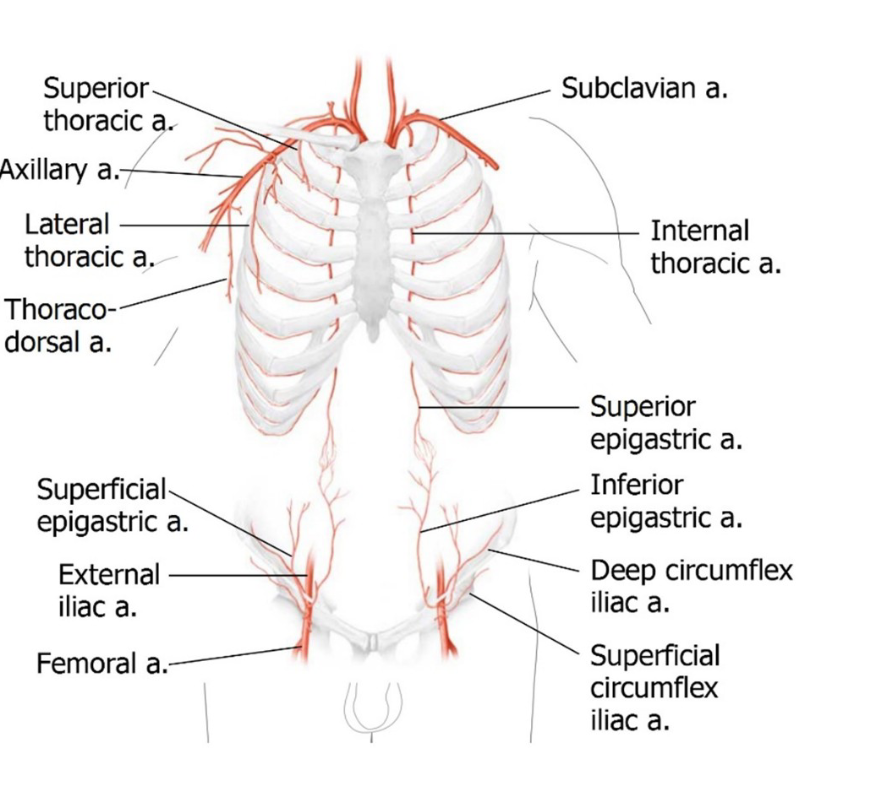6.1 Abdominal Anatomy
Abdominal Wall Overview
Boundaries of the Abdominal Cavity:
Superior: Diaphragm
Anterior and Posterior: Lateral walls
Inferior: Pelvic floor
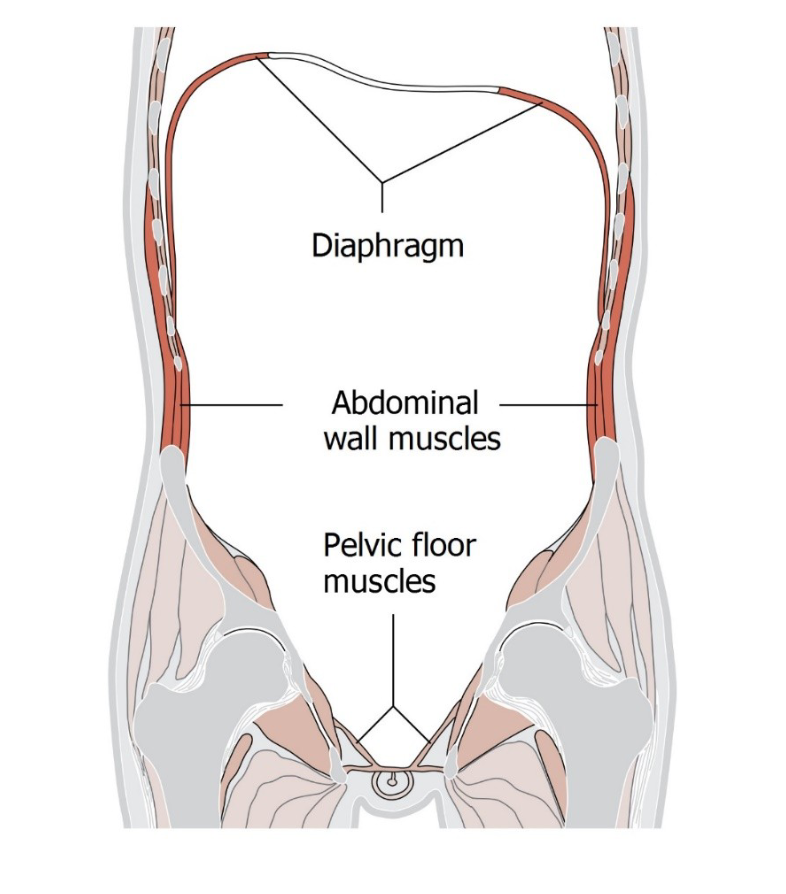
Functions of the Abdominal Wall
Protection of Internal Organs: Provides a barrier against external forces.
Muscle Attachment: Supports muscle attachment for torso movements.
Movement: Facilitates movement in activities like bending and twisting.
Intra-Abdominal Pressure: Plays a role in processes like coughing, vomiting, and childbirth.
Components of the Abdominal Cavity
Contents:
Peritoneum (membrane)
Digestive Organs (stomach, duodenum(small intestine first section), pancreas)
Liver and Spleen
Intestines (small and large)
Kidneys and Adrenal Glands
Blood vessels, lymphatics, and nerves
Functions:
Nutrient absorption
Excretion
Homeostasis (maintenance of stable internal conditions)
Associated Bones
Lumbar Vertebrae (L1-L5)
Sacrum (5 fused vertebrae)
Coccyx (3–5 fused bones)
Muscles of the Abdominal Wall
Anterolateral Muscles:
External Oblique
Internal Oblique
Transversus Abdominis
Rectus Abdominis
Pyramidalis*
Specific Muscle Functions
External Oblique: leteral
Action: Flexes vertebral column, ipsilateral lateral flexion (same side), contralateral trunk rotation (opposite side).
Origin: Lower 8 ribs
Insertion: Iliac crest / pubis
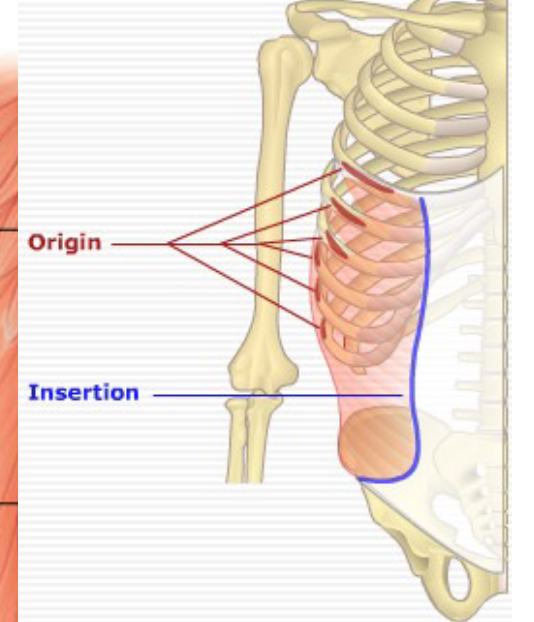
Internal Oblique: leteral
Action: Flexes vertebral column, ipsilateral lateral flexion, ipsilateral trunk rotation.
Origin: Anterior iliac crest and inguinal ligament
Insertion: Costal cartilages of lower 4 ribs, abdominal aponeurosis, linea alba.
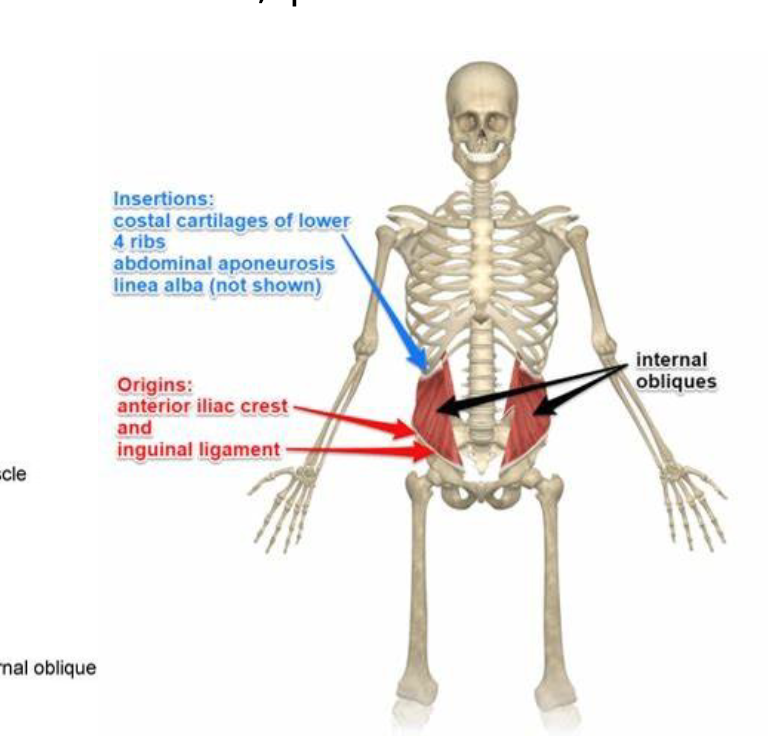
Transversus Abdominis: leteral
Action: Compress and support abdominal viscera.
Origin: Thoracolumbar fascia, iliac crest, internal surfaces of ribs 7–12
Insertion: Linea alba, pubic crest, pubic symphysis.

Rectus Abdominis:
Action: Trunk flexion, tenses anterior abdominal wall.
Origin: Pubic symphysis, pubic crest
Insertion: Xiphoid process, costal cartilages 5–
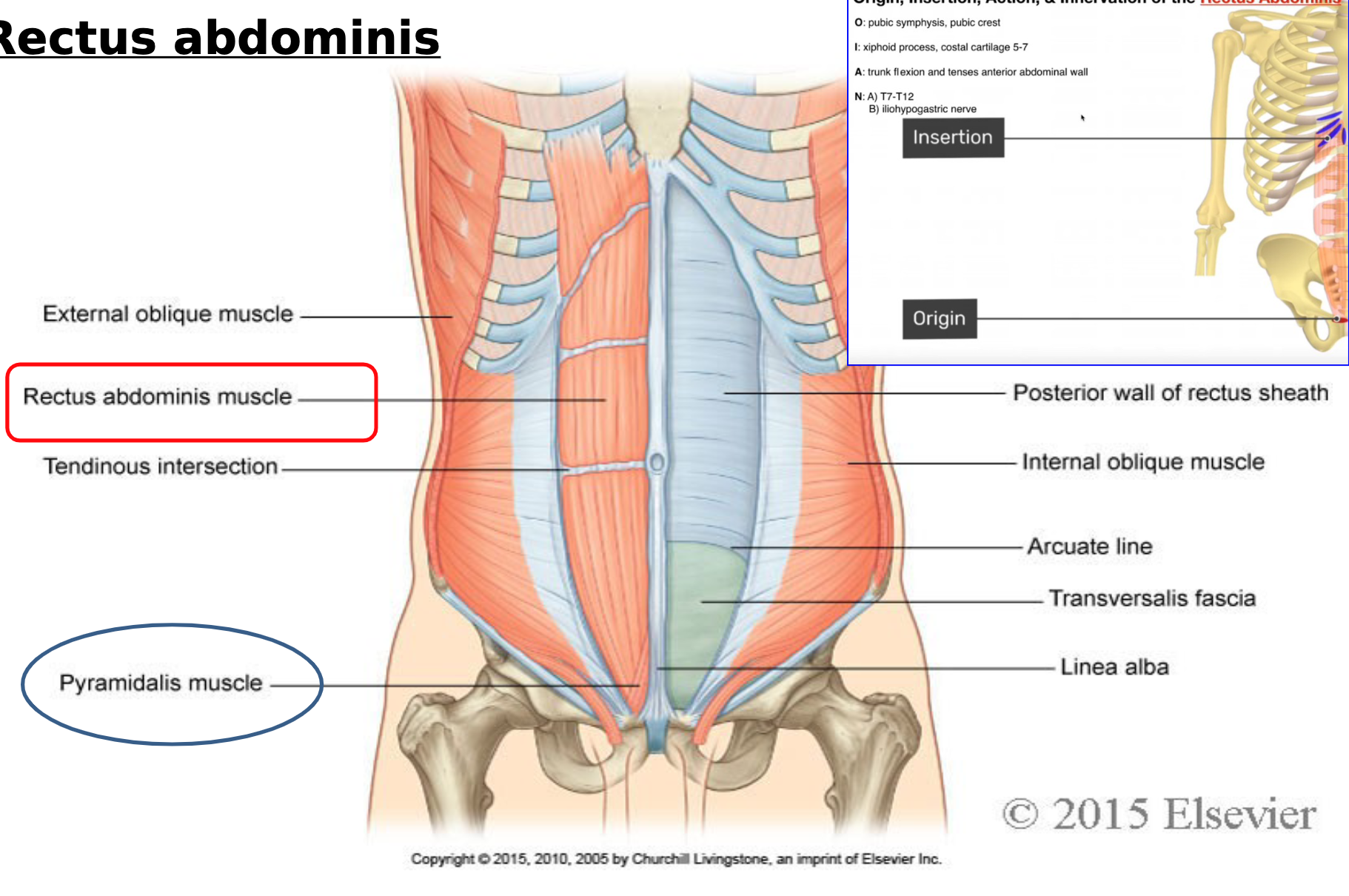
7.
Posterior Abdominal Wall Muscles
Muscles:
Psoas Major (and Minor*)
Iliacus
Quadratus Lumborum
Iliopsoas: Group formed by Psoas Major and Iliacus, important for hip flexion and trunk flexion.
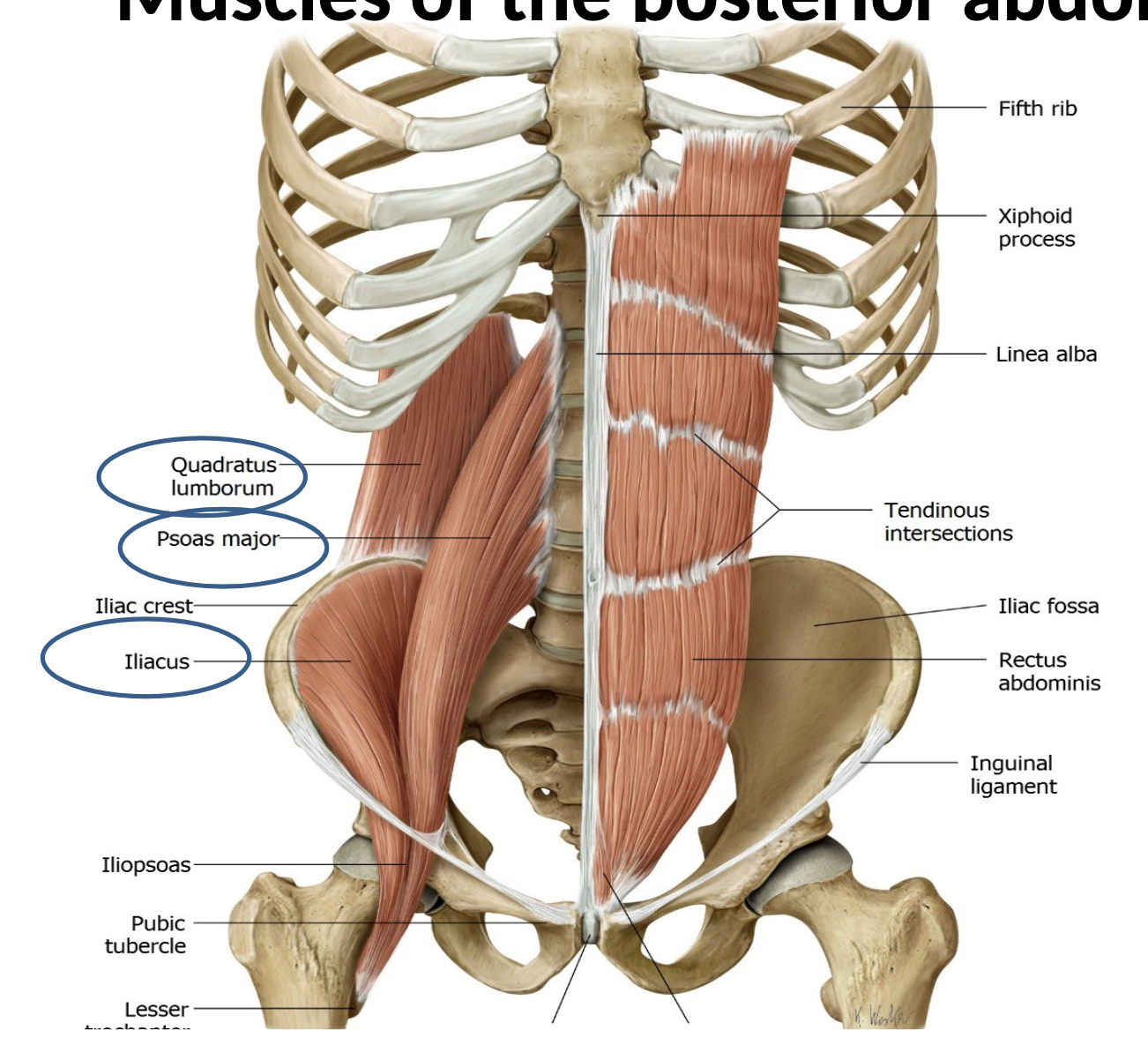
Trunk Flexion and Extension
Agonist in Trunk Flexion: Rectus Abdominis
Synergists: External and Internal Obliques
Agonists in Trunk Extension: Erector Spinae group; Abdominal muscles serve as antagonists.
External Oblique Functions:
Pulls the chest downwards.
Compresses the abdominal cavity, increasing intra-abdominal pressure as seen in a Valsalva maneuver.
Performs ipsilateral (same side) side-bending and contralateral (opposite side) rotation. For example, the right external oblique causes side-bending to the right and rotation to the left.
Internal Oblique Functions:
Functions similarly to the external oblique but rotates ipsilaterally.
For instance, the left internal oblique would side bend to the left and rotate to the left.
contralateral rotation is motion created by a muscle that
rotates the abdomin to the opposite side from where it is located (eg. left-sided external oblique muscle that rotates the trunk to the right side)
Nervous Supply
Anterolateral Wall:
Intercostal nerves (T5-T11) and thoracic subcostal (T12) for anterior abdominal wall.
Iliohypogastric and ilioinguinal (L1) for inguinal region.
supply anterior abdominal wall as well as thoracic region

Posterior Wall:
Subcostal nerve from T12
Lumbar plexus from anterior rami(L1-L4): (lower limb)
*ilioinguinal/iliohypogastric: (abdominal muscles and skin of abdomen)
*inguinal & pubic regions genitofemoral,
*femoral nerves (supplies flexors of hip and extensors of leg &
associated skin regions)Lumbosacral trunk from anterior rami of L4 (inf branch) & L5 (joins sacral plexus in pelvis)
genitofemoral (L1-2), (supplies genital and upper thigh region)
obturator (L2-4), through obturator foramen, supplies
Inguinal Region
Male Composition: Spermatic cord, nerves, vessels, vas deferens, coverings of spermatic cord, scrotum, cremaster muscle, testis
Female Composition: Round ligament of the uterus.
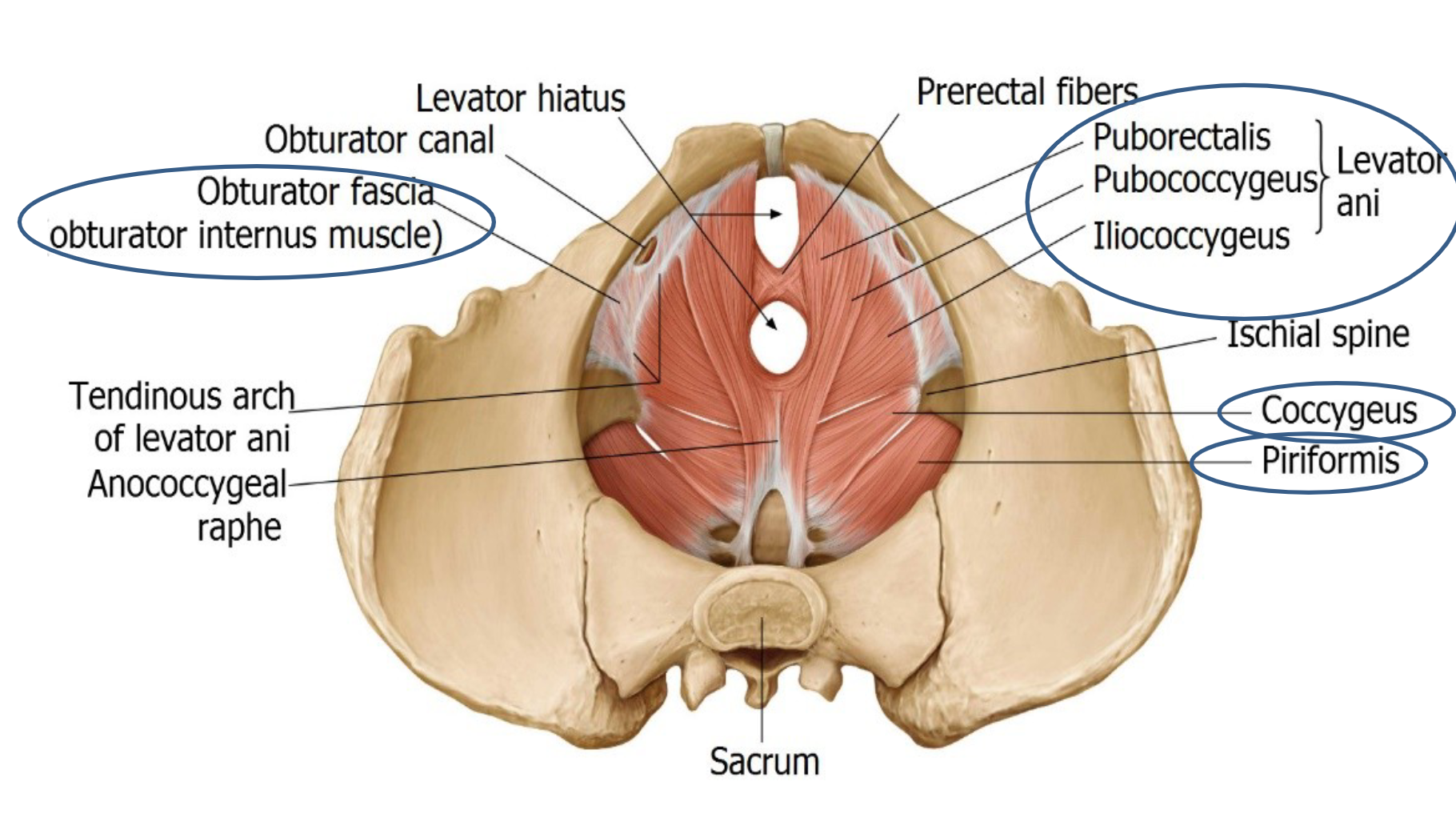
Blood Supply to the Abdominal Wall
Arteries:
Internal Thoracic Artery (epigastric)
Aorta (lumbar arteries)
External and Internal Iliac Arteries
Femoral Artery
Veins:
Drainage to axillary and femoral regions.
Lymphatic Drainage
Components:
axillary, inguinal
Phrenic, Celiac, Superior, and Inferior Mesenteric lymph nodes.
Common Iliac and Internal Iliac lymph nodes for lower regions.
